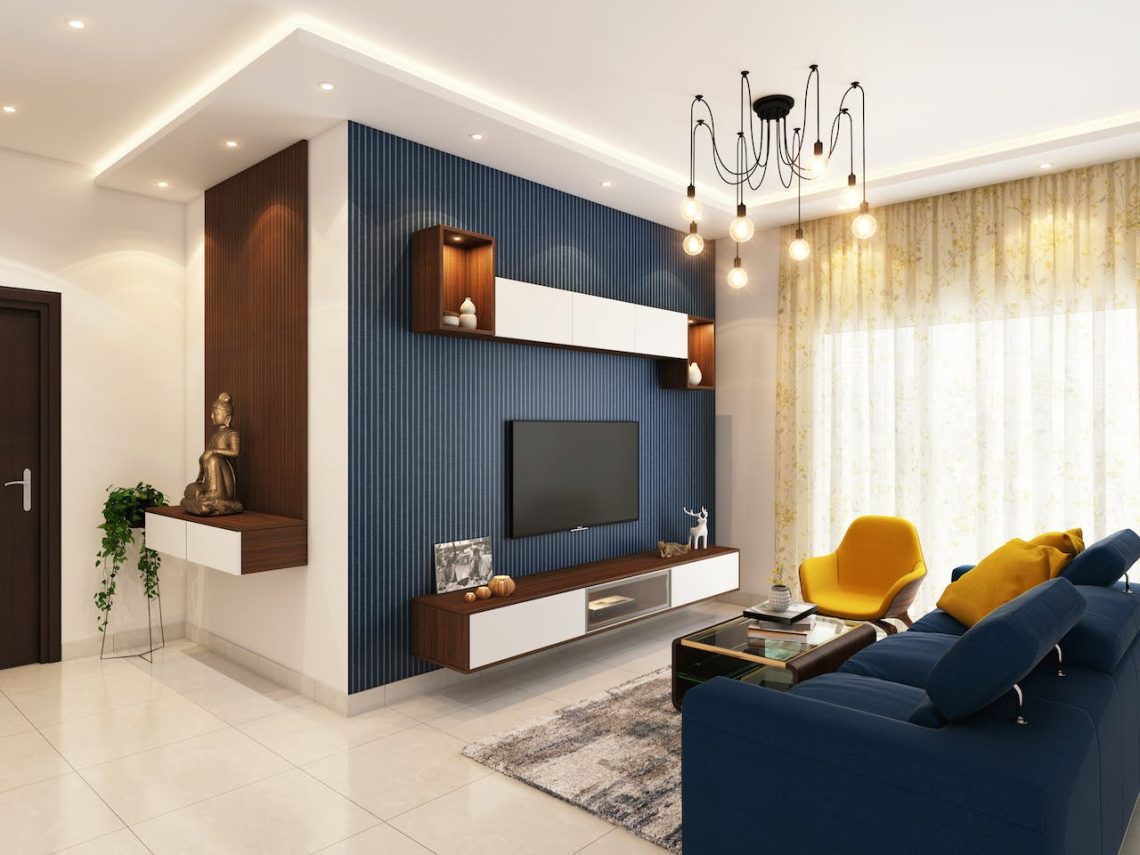Doors are essential elements in any home, providing privacy and functionality. However, there are instances where you may wish to hide a door for aesthetic reasons or to create a more cohesive design. Concealing a door with decor can be an innovative and stylish solution. In this comprehensive guide, we’ll explore creative ideas, techniques, and considerations for effectively hiding a door within your home.
Assessing Your Space
Before diving into decor solutions, take a moment to assess your space and the specific door you wish to conceal. Consider the following:
Door Type and Placement
Identify the type of door you want to hide and its location within the room. Is it a standard swinging door, a sliding door, or a pocket door? Understanding the door’s characteristics will guide your decor choices.
Functionality and Accessibility
Ensure that hiding the door won’t compromise its functionality. If it’s an exterior door or leads to a frequently used room, consider alternative solutions that maintain accessibility.
Room Aesthetics and Theme
Take note of the existing aesthetics and theme of the room. Your decor solution should seamlessly integrate with the overall design, creating a harmonious look.
Decor Solutions to Hide a Door

Strategic Furniture Placement
Use large furniture pieces strategically to block the view of the door. This works particularly well with swinging doors. Consider placing a tall bookshelf, an armoire, or a decorative screen in front of the door to create a functional and visually appealing barrier.
Statement Artwork or Murals
Transform the door into a work of art by adding a statement piece or mural. This approach draws attention away from the door while enhancing the overall aesthetic. Consider hiring a mural artist or exploring removable wall decals for a temporary solution.
Floor-to-Ceiling Drapes or Curtains
Install floor-to-ceiling drapes or curtains to completely conceal the door when desired. This elegant solution adds texture and softness to the room while allowing you to easily reveal or hide the door as needed.
Built-In Shelving or Cabinets
Incorporate built-in shelving or cabinets around the door to create a seamless integration. This not only conceals the door but also adds functional storage or display space. Choose a design that complements the room’s style.
Mirrored Wall Panels
Install mirrored wall panels that cover the door area. Mirrors not only reflect light and visually enlarge the space but also effectively hide the door, especially when positioned strategically to blend with the surrounding decor.
Chalkboard or Corkboard Panels
Transform the door into a chalkboard or corkboard panel. This functional and versatile solution not only hides the door but also provides a practical surface for notes, artwork, or inspiration.
Considerations and Tips

Maintain Accessibility
If the door is necessary for access, ensure that your chosen decor solution allows for easy opening and closing. Sliding doors, curtains, or furniture with casters can be practical options.
Color and Material Coordination
Coordinate the color and material of your chosen decor solution with the existing room elements. This ensures a cohesive and well-integrated look rather than a conspicuous attempt to conceal the door.
Temporary vs. Permanent Solutions
Consider whether you want a permanent or temporary solution. Removable decor elements, such as curtains or screens, offer flexibility, allowing you to change the design when desired.
Lighting Considerations
Ensure that your chosen decor solution doesn’t obstruct natural light sources or existing lighting fixtures. Proper lighting is crucial for maintaining a bright and inviting atmosphere in the room.
Room Layout and Flow
Evaluate the overall layout and flow of the room. The decor solution should enhance the room’s functionality and not disrupt the natural circulation.
Conclusion
Hiding a door with decor is a creative and transformative way to enhance the aesthetics of your living space. By carefully assessing your space, considering different decor solutions, and keeping practical considerations in mind, you can seamlessly integrate the door into the room’s design. Whether you opt for strategic furniture placement, artistic murals, or functional built-in shelving, the key is to create a cohesive and visually pleasing environment that aligns with your unique style and preferences.
